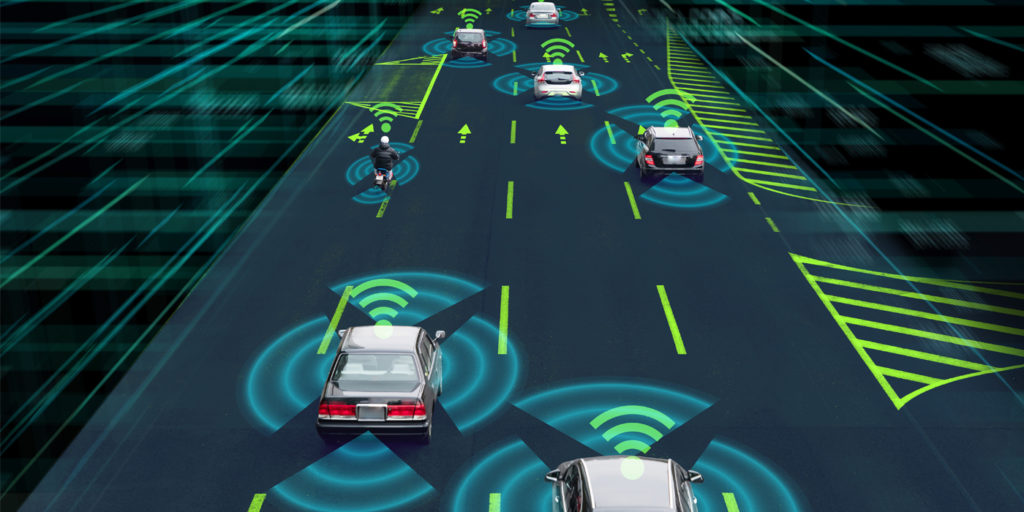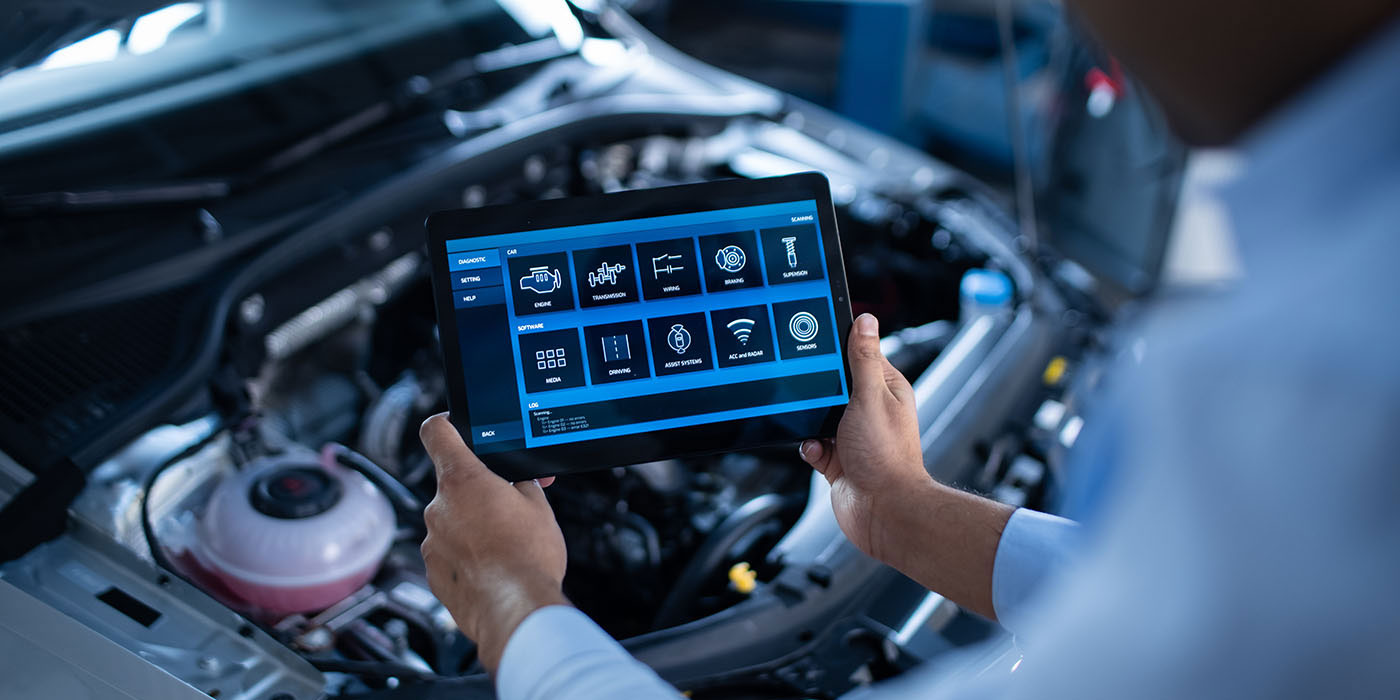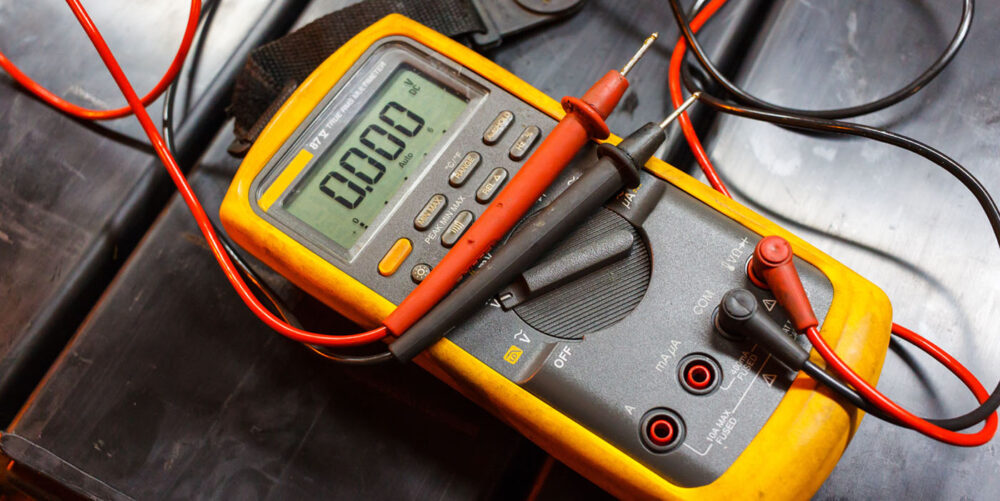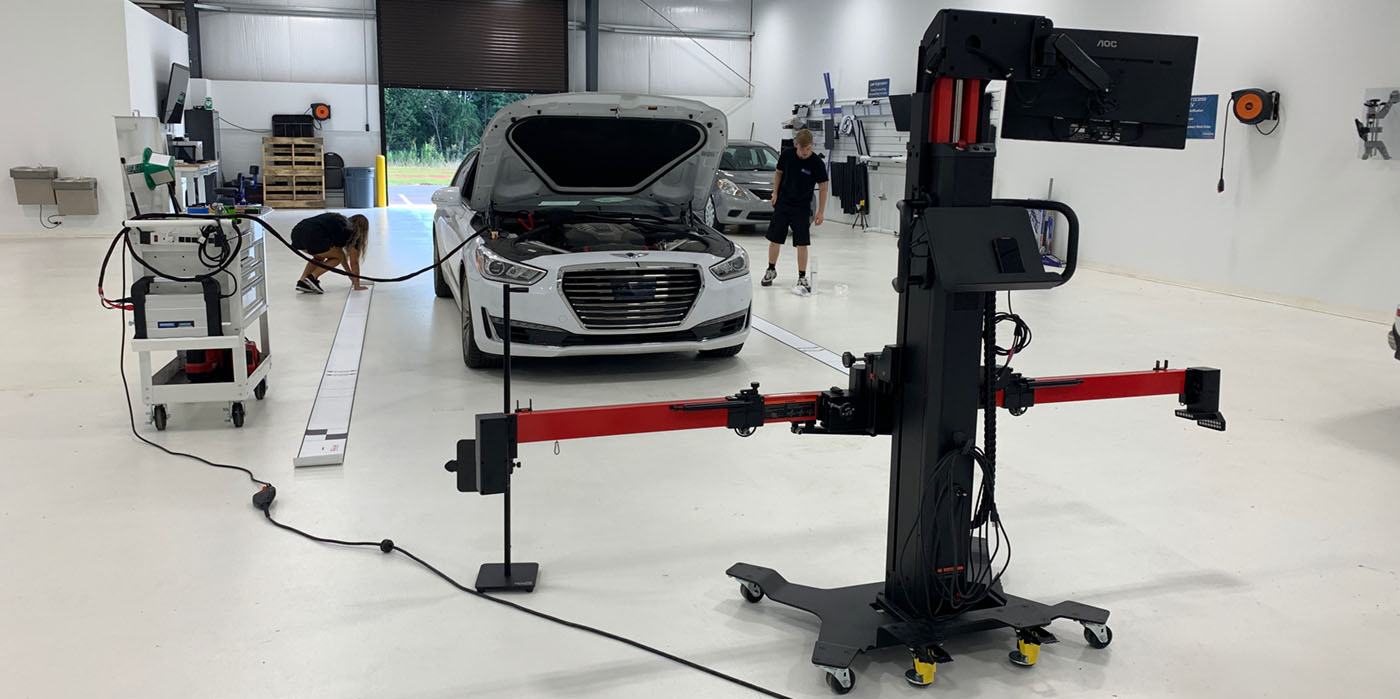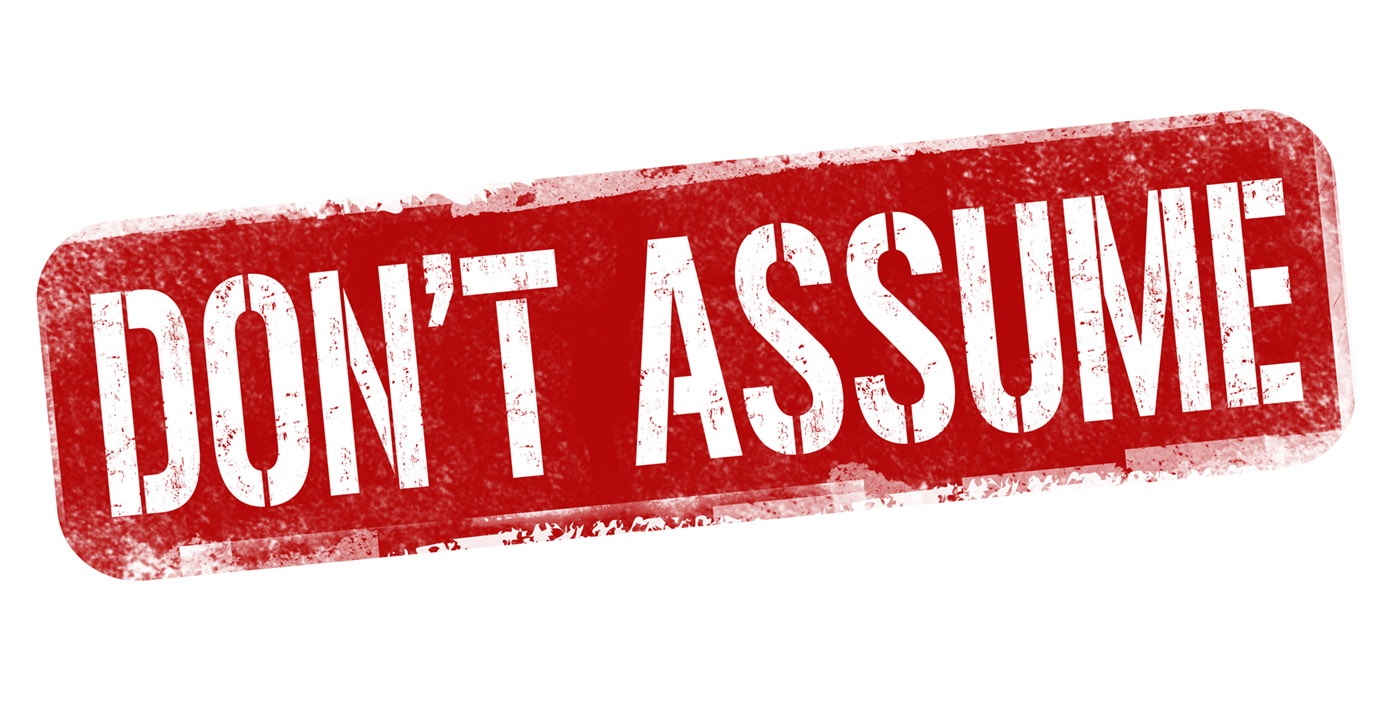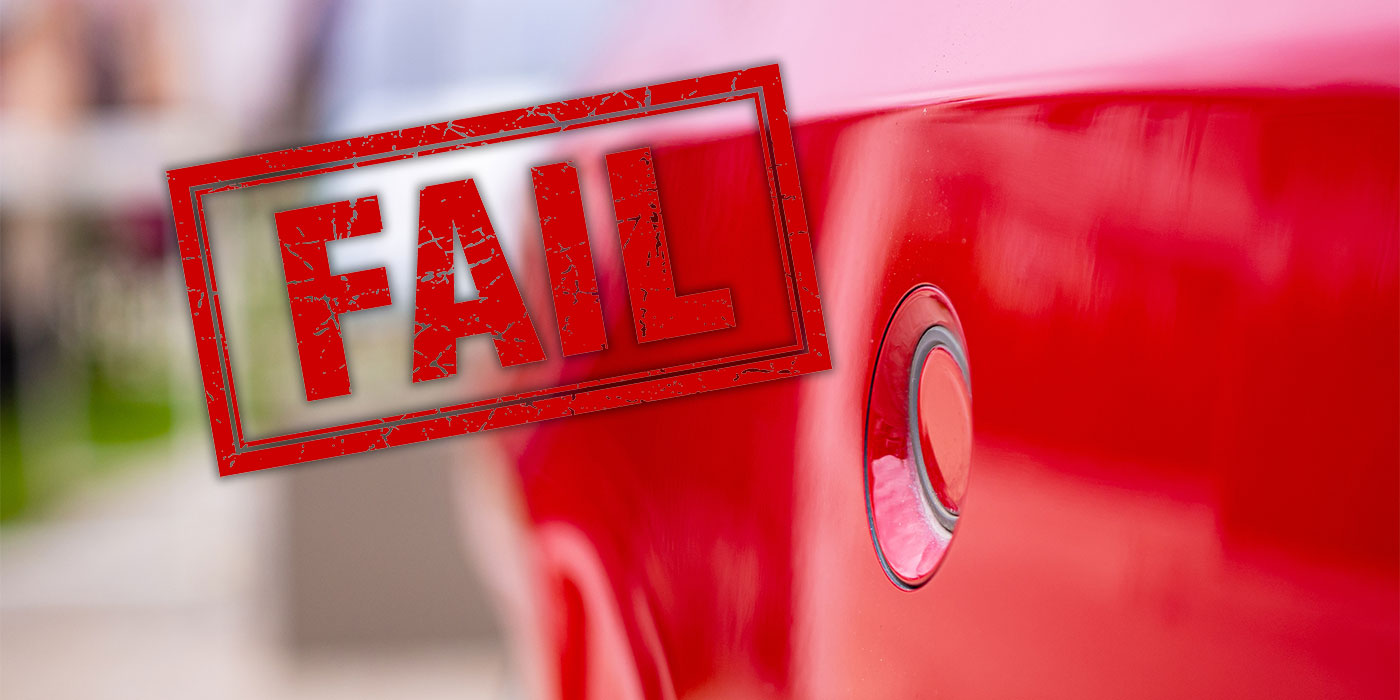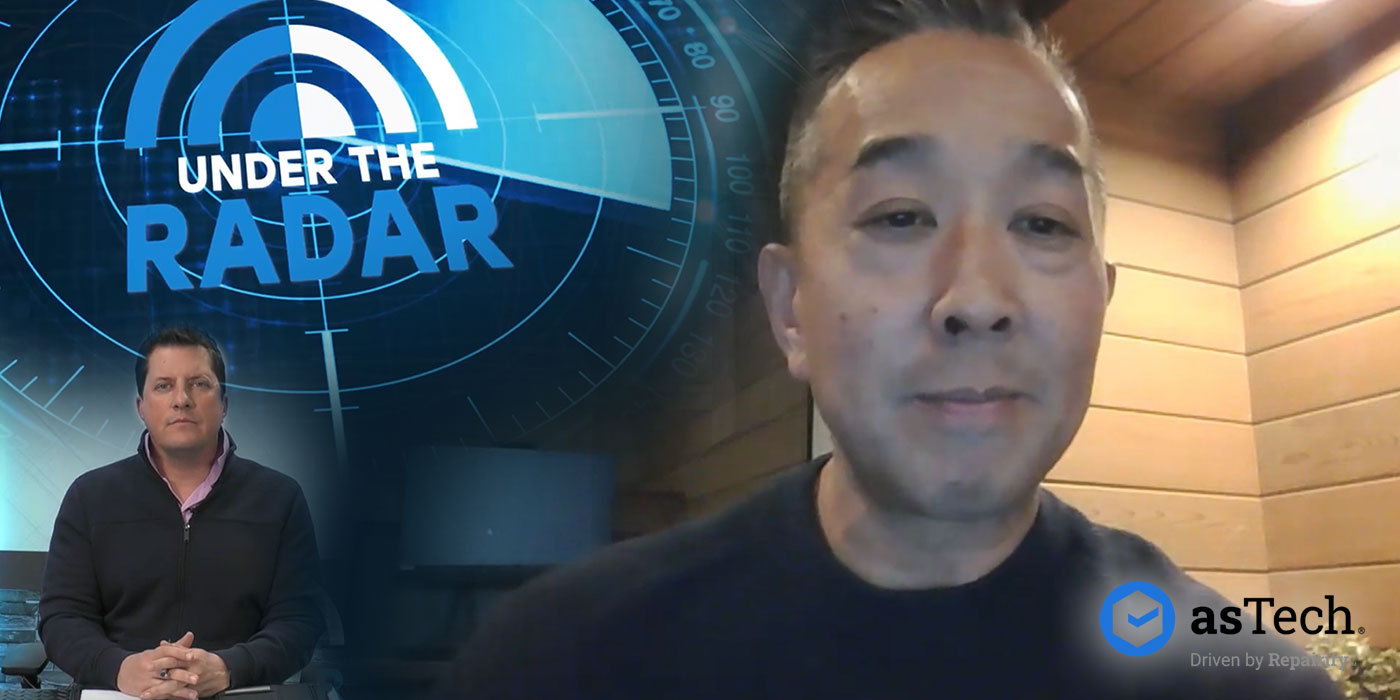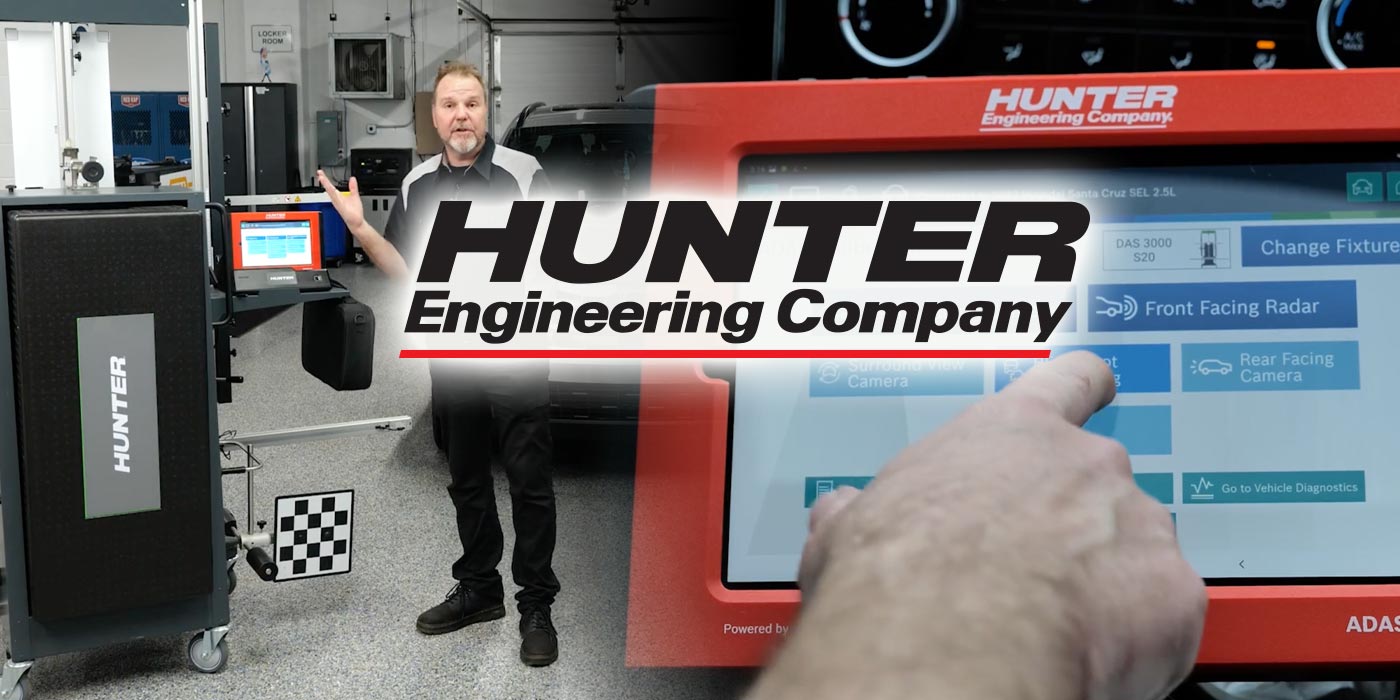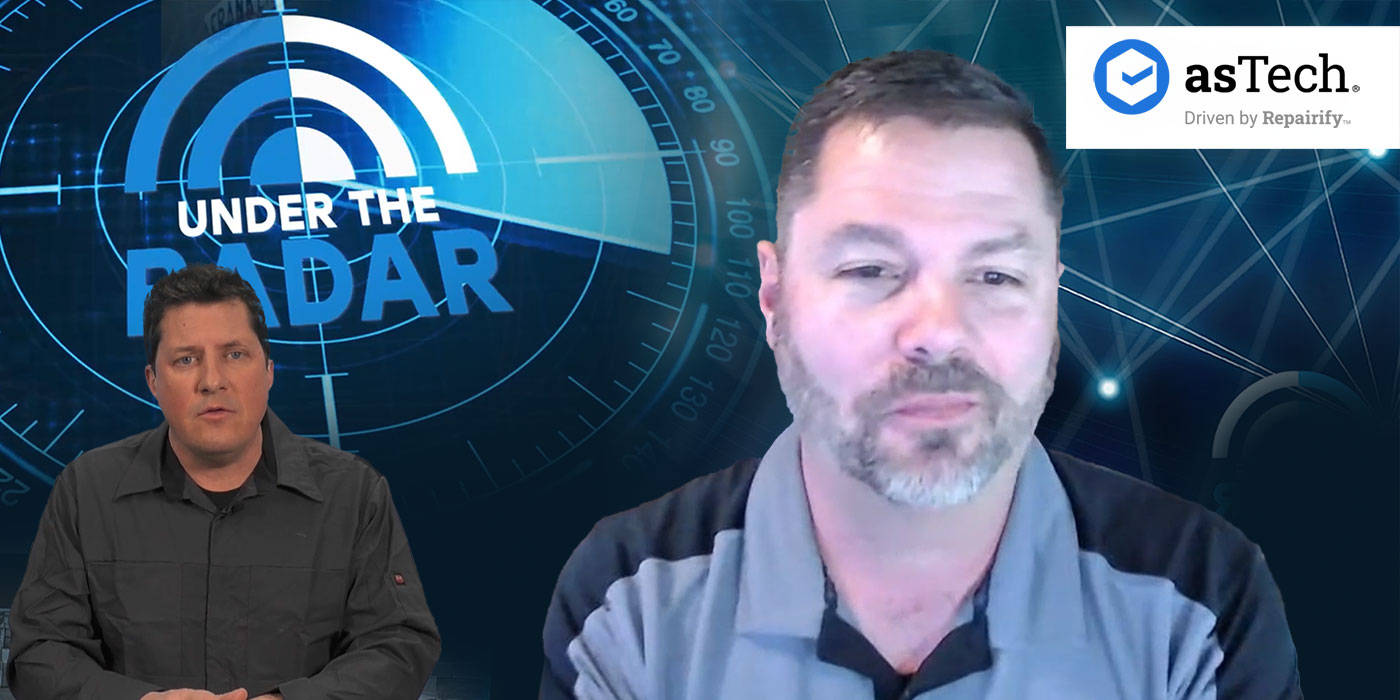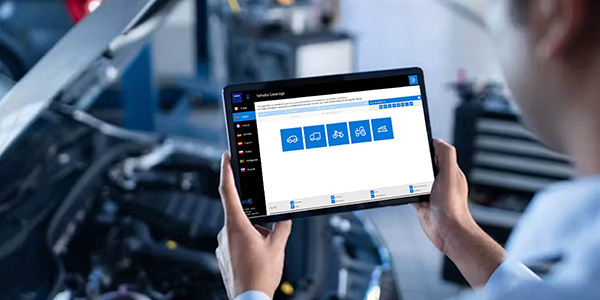A surprising number of automated (or advanced) driver-assistance systems (ADAS) are currently available on vehicles. These systems require special service techniques — or additional service operations — to perform some common maintenance services. To illustrate, I am going to focus on alignment. As we reach NHTSA Level 2 on more and more vehicles, the integration of systems and the need for cross-communication becomes greater. Our test subject is going to be a 2013-16 Ford Fusion that is equipped with a lane departure warning system (LDWS).
The alignment itself is nothing special, although if you are not currently scanning for DTCs prior to repair work (yes, even if the light is off), you would be very wise to make it part of every operation you do: There are simply too many interrelated systems that can affect one another if they are not functioning correctly.
Electronic Power Steering
The vehicle is equipped with electronic power steering (EPS). The EPS is self-contained such that the steering torque sensor and power steering control module (PSCM) are integrated with the steering gear. The steering torque sensor is used by the PSCM and the LDWS to determine the amount of torque input from the driver, even if the driver has their hands on the wheel. It is “happy” when the steering column and linkage are all straight ahead. The PSCM uses this information to determine how much and how long to provide assist. The LDWS uses this input to warn the driver that applying eyeliner while driving, if it takes longer than two seconds, is generally not a good idea by providing a “hands-off warning” in a two-stage process. First, it turns on a warning light at three seconds, and then an audio chime after four seconds (vehicles built on or before June 2, 2013) or six seconds (vehicles built on or after June 3, 2013). Ford notes that road conditions, in addition to the manner in which some drivers hold the steering wheel, can cause this system to generate false warnings.
There are two other functions you should understand prior to servicing these systems. The system has a number of modules that are stakeholders in either generating or receiving messages over the vehicle’s high-speed CAN 1 and 2 networks. Figure 1 shows a topography of the lane departure system’s neighborhood. You will see a device that Ford simply calls IMPA. This stands for image processing module A. It is a camera and it resides in the rearview mirror. Ford has several mirror designs, so a wiring harness to the mirror is not necessarily an indication that the vehicle is equipped with a LDWS. The visual difference is a device that provides heat and defrost to the IPMA below 41°F to keep it from developing frost or fogging up. It is attached directly to the windshield and, with the mirror removed, resembles the animation in Figure 2. The IMPA is the primary input for the lane keeping alert and lane keeping aid systems.
Lane Keeping Alert
Lane keeping alert is a warning system that generates vibration through the steering wheel when a lane departure is detected. The PSCM shakes the steering wheel left to right, simulating driving on a rumble strip. The intensity of the steering wheel vibration can be adjusted using the driver-assist options in the message center. The system also provides a visual alert in the message center when a lane departure is detected.
The other function provides “active management” through the lane keeping aid. This controls the steering to assist the driver in keeping the vehicle in the lane when a lane departure is detected. The IPMA sends the road curvature and calculated steering angle messages to the PSCM, which uses these messages to calculate and generate the appropriate response.
The system can be disabled for a number of environmental
reasons. These include:
- The vehicle speed is under the activation limit
- High sun load on the IPMA camera lens
- Being too close to lane markings
- Lane markings are too narrow or wide
- Road has no or poor lane markings in the camera field-of-view
- Following vehicle in front too closely
- IPMA camera blocked
- Windshield dirty or damaged
- Standing water on road
- Environmental conditions (significant sun angles, shadows, snow, heavy rain or fog)
- Turn signal is active
- Vehicle is in a dynamic maneuver
- Tight curves on the road
During the presence of these conditions, the system status indicator on the dash will turn gray.
The other status indicator conditions are as follows:
- Green: The system is available or ready to provide a lane keeping aid or alert activation on the indicated side(s).
- Yellow: The system is providing, or has just provided, a lane keeping aid activation.
- Red: The system is providing, or has just provided, a lane keeping aid activation.
The Alignment
So now that we know what LDWS does, how can it affect our alignment? First, it is a requirement that after an alignment, you perform a calibration of the IPMA with a scan tool. The process involves approximately 10 minutes of driving over 40 mph to assist the IPMA in realigning itself with the adjusted steering system and storing the settings. Failure to do this can lead to warning lamps, DTCs and a gray status indicator.
One other key piece of data involves the PSCM strategy itself. When the vehicle makes lane changes, it might not give the same feedback drivers are familiar with. This system has a pull/drift compensation feature. Ford has a general TSB G0000075 that describes the nuances of this system function. It is important to note that it is a 25-mph-and-up function, and the primary goal is to reduce the total amount of steering angle input needed to keep the vehicle going in a straight line. This is a good TSB to read prior to any diagnosis. It is also wise to watch for software updates on all of these systems. As they become more mature, it is highly likely that the OEMs will do some backdated updates.
Summary
This is only one example on a very popular car, but the key message is that maintenance operations are more frequently linking tasks that have traditionally been reserved for technicians with higher-level skill sets. With these operations directly affecting safety, we are going to have to revisit a number of key questions, such as, “Who performs these operations in the shop?” and “What training is involved to get up to speed?”
In some cases, OE information is not yet developed for some of the newest ADAS systems. In these cases, the entire technical ecosystem is at a disadvantage if a system requires service early in its life. When a customer calls and says they need an alignment, and you quote them a figure that will likely be 50 to 100% higher than your competitor who has no idea about ADAS, how do you manage that? If you haven’t figured it out by now, I’m here to tell you: Buckle up, it’s a brave new world.

